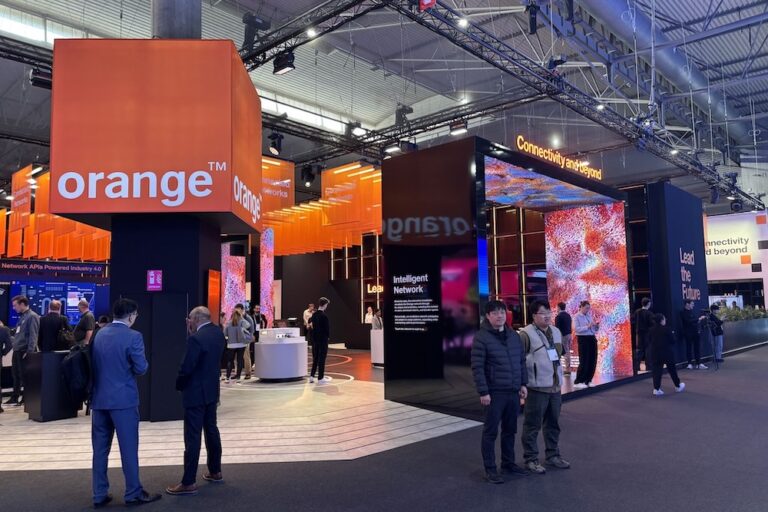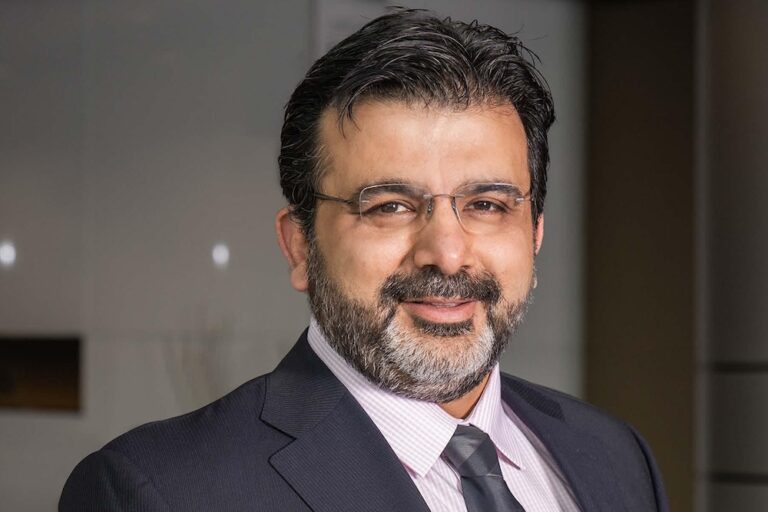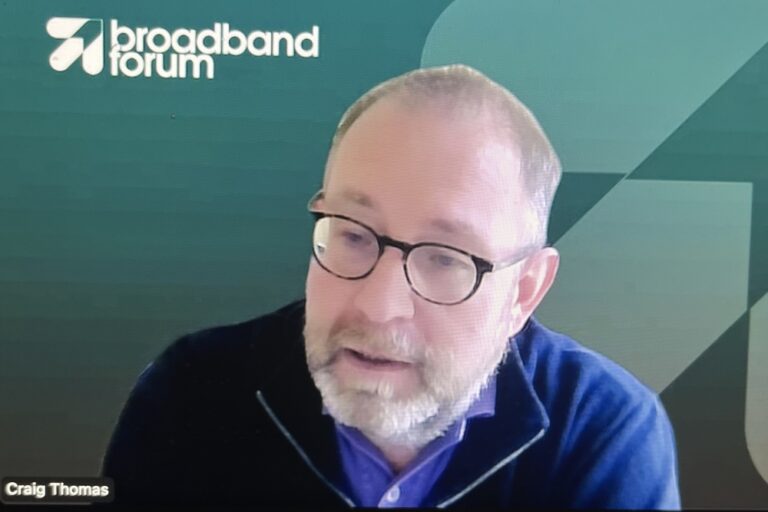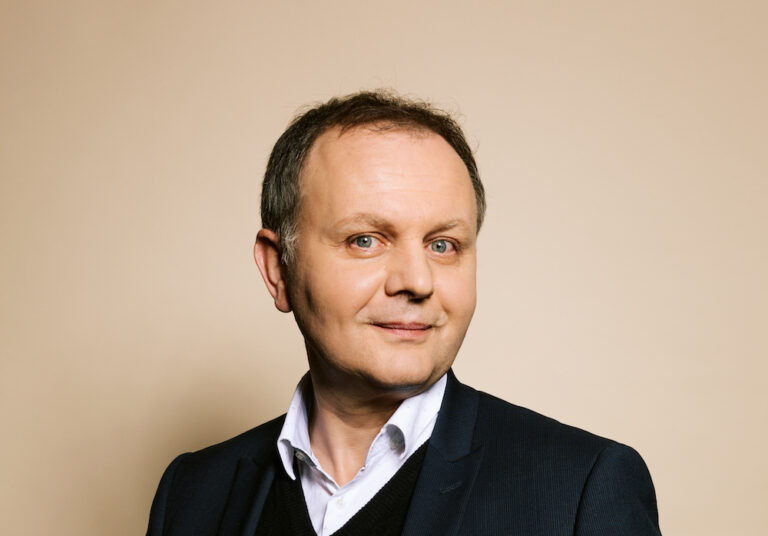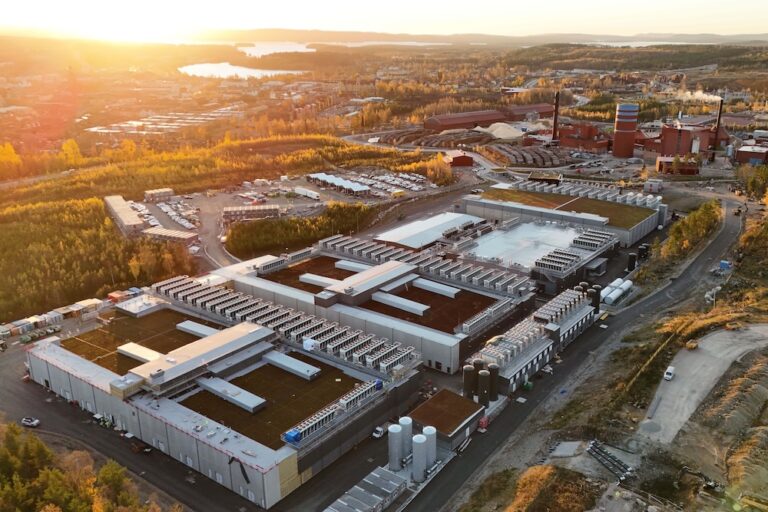The operator group’s enterprise arm announces strategic channel agreement with Intelisys after a similar deal with Advantage Communications Group last month
Vodafone Business, the operator group’s enterprise services division is trying to crack the US market.
It has announced a strategic channel agreement with Intelisys to offer fixed and mobile services to US companies with international operations. Intelisys is a ScanSource company and provides technology services that deliver fixed and mobile solutions to businesses based in the US that have global operations.
According to the press statement from Vodafone, “This collaboration helps Vodafone Business better scale in the US to provide comprehensive cloud and connectivity solutions to businesses of all sizes and empower them to thrive in today’s digital landscape”.
Access to Vodafone Business’ global connectivity products and services will be sold by Intelisys’s “extensive network of technology advisors” who have “distribution expertise”. The partnership is intended “to drive innovation, improve service delivery and enable businesses to optimise their IT infrastructures”.
Strategy of strategic partners
“Partnering…Intelisys is a significant milestone in our strategy to leverage strategic partners to reach more international businesses, introduce them to our evolving services portfolio and build new end-to-end IT solutions,” said David Joosten, President, Vodafone US. The deal “is another step forward to provide US-based businesses with global connectivity solutions”.
Paul Constantine, Executive Vice President at Intelisys, added. “We are dedicated to empowering our partners by providing access to our education, tools, services and a comprehensive ecosystem of supplier partners. This new relationship with Vodafone reinforces our commitment to accelerating growth for our partners.
Already taking Advantage
In February Vodafone Business announced a similar deal with the a global managed service provider Advantage Communications Group. The plan there is to give US-based multinationals access to Vodafone’s global network and services, offering mobility and fixed solutions for applications that need persistent connectivity, cybersecurity, high-speed data and robust infrastructure.
Advantage partners more than 2,400 organisations with “active operations” in more than 150 countries worldwide. Advantage’s CEO, David Gardner said, “This new partnership with Vodafone Business will directly benefit our clients by expanding the range of global connectivity service options available to them.
“At Advantage, a key element of our success is the ability to partner with top-tier telecommunications providers like Vodafone Business that deliver resilient and high-performing network solutions worldwide.”




